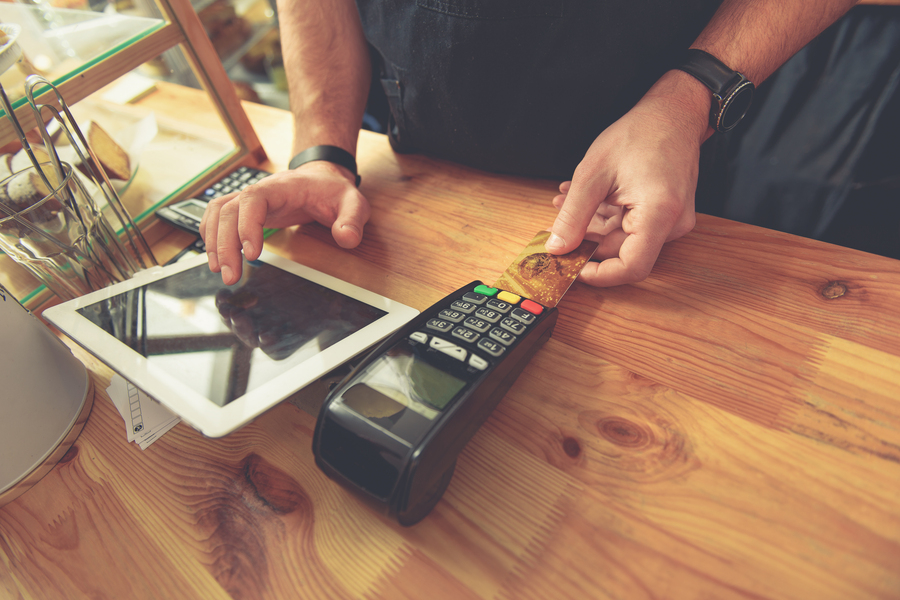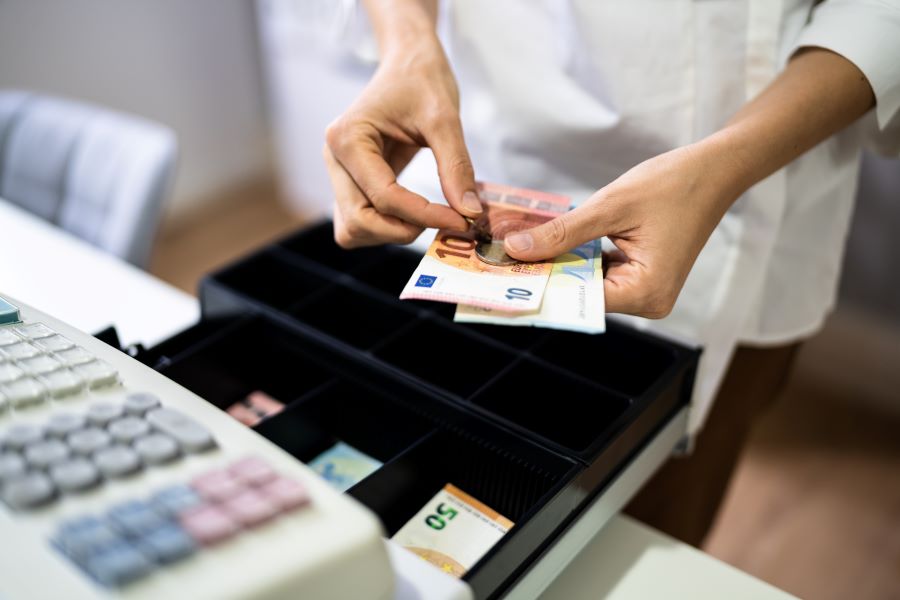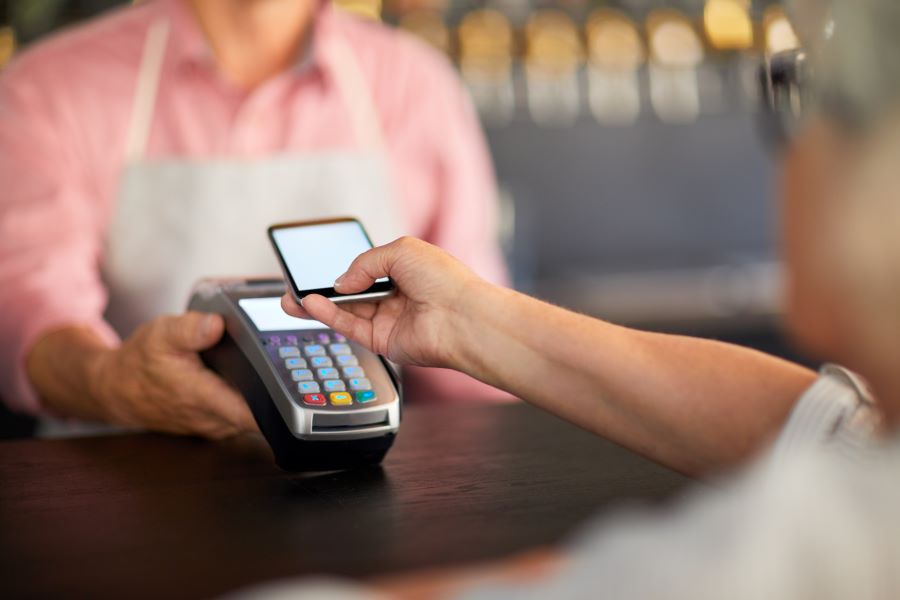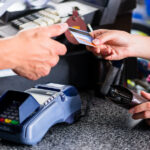Are you ready to streamline your checkout process and impress your customers with swift, efficient service? Learning to use a POS machine effectively can transform your daily operations and give your business a competitive edge.
A POS machine is not just a tool for processing transactions; it’s a comprehensive solution that supports various payment methods, including credit, debit, contactless, and mobile payments. It helps manage your inventory in real-time, tracks sales and enhances customer interactions with personalized receipts and loyalty program management.
Imagine a day where every transaction is smooth, the inventory is automatically updated, and every customer leaves satisfied with the quick service. This can all be achieved by mastering the use of a POS machine. Not only will it reduce the time spent on each transaction, but it will also give you valuable insights into your sales trends and stock levels, helping you make informed business decisions.
Choosing the Right POS Machine for Your Business
When selecting a POS machine for your business, it’s essential to consider your specific needs and find a solution that best fits your requirements. Several types of POS machines are available, including countertop units, portable devices, mobile terminals, and Multiply machines.

The choice of POS machine will depend on the nature of your business and its unique aspects. For instance, a countertop POS machine would be suitable for operating a small retail store or a coffee shop with a fixed checkout area. On the other hand, if you have a restaurant or a business that requires mobility, a portable or mobile POS device would be more convenient.
When selecting a POS machine, there are several factors to consider. Firstly, think about the specific needs of your business. Do you require advanced features like inventory management or employee management? Consider the functionalities that are essential for smooth operations.
Additionally, consider the location of your business. If you require flexibility and the ability to take payments on the go, a mobile POS machine with built-in SIM card capabilities might be the right choice.
By carefully evaluating your business needs and considering factors such as location, functionalities required, and mobility, you can choose the right POS machine that will help streamline your operations and enhance your customer transactions.
How to accept a card payment
To accept a card payment using a POS machine, follow these step-by-step instructions:
Enter the transaction amount on the POS machine. This can be done by typing the amount manually or selecting a predetermined price from the product catalog.
Ask the customer to present their card. If the card has contactless payment capabilities, you can tap the card on the card machine to process the payment. Insert the card into the card reader slot for chip and pin transactions.

If it’s a contactless transaction, wait for the confirmation beep and display it on the screen. For chip and pin transactions, ask the customer to enter their PIN on the keypad provided.
The POS machine will display a confirmation message once the payment is authorised. This indicates that the transaction is successful and the amount has been deducted from the customer’s account.
Print a receipt for the customer. If the customer requests a printed receipt, press the appropriate button on the POS machine. Ensure the receipt includes all necessary details, such as the transaction amount and date.
Return the card to the customer. Double-check that the card has been returned before completing the transaction.
Following these simple steps, you can easily and securely accept card payments using a POS machine. It streamlines the checkout process and provides a convenient payment method for you and your customers.
How to accept a cash payment
Accepting cash payments with a POS machine is a straightforward process that ensures accurate transactions and efficient cash management. Here’s a step-by-step guide to accepting cash payments using a POS machine:
Enter the cash amount: Enter the total amount on the POS machine’s keypad when the customer presents cash for payment. Some machines have touch screens that make this step even easier.
Calculate the change due: The POS software will automatically calculate the change due based on the entered cash amount and the transaction total. The change will be displayed on the screen for your reference.
Organise the cash drawer: Before handing out the change, ensure that the cash drawer is properly organised. This includes arranging the bills and coins neatly in their respective compartments for easy access and accurate counting.
Hand over the change: With the change properly calculated and the cash drawer organised, count out the appropriate bills and coins and hand them to the customer.
Securely shut the cash drawer: It is important to securely shut it after each transaction to prevent unauthorised access or accidental spillage. Orient yourself with the POS machine’s instructions on properly closing the cash drawer.
You can effectively accept cash payments using a POS machine using these simple steps. Always provide excellent customer service and accuracy in all transactions to ensure customer satisfaction and a smooth checkout process.

End-of-day duties with a POS machine
Performing certain duties with a POS machine at the end of each day is essential to ensure accurate records and manage cash flow effectively. Here’s a step-by-step guide on how to perform end-of-day duties with a POS machine:
Run a Z report on the card machine: Access the card machine’s menu and select the Z report option. This report summarises all card sales made throughout the day, including the total amount and number of transactions.
Run a Z report on the overall point-of-sale system (EPOS): In addition to the card machine, you’ll need to run a Z report on the EPOS system. This report includes all sales made using various payment methods, such as cash, cards, and other forms.
Compare the terminal Z report with the EPOS Z report: Once you have both, compare the card machine’s terminal Z report with the EPOS Z report. Ensure that the card totals, including the amount and number of transactions, match the two reports. If there are any discrepancies, investigate and resolve them to maintain accurate records.
Reconcile cash takings: To reconcile cash takings, start by counting the cash in the drawer, including notes and coins. Compare this amount to the cash total in the Z report. Any differences should be investigated to identify any potential errors or discrepancies.
Performing these end-of-day duties with a POS machine helps ensure accurate financial records and efficient cash management. By reconciling card and cash transactions, business owners can maintain control over their daily operations and identify any issues needing attention.
Frequently Asked Questions
What is a POS machine and what does it do?
A Point of Sale (POS) machine is a vital tool in retail and hospitality businesses, facilitating efficient customer transactions, inventory management, and other business operations. It typically combines hardware like cash drawers, receipt printers, barcode scanners, and card readers, and is designed to streamline the checkout process by accepting various payment types such as cash, credit, and gift cards.
How do I choose the right POS machine for my business?
When selecting a POS machine, consider the specific needs of your business, including the nature of your operations and the functionalities you require, such as inventory or employee management. The choice of a countertop, portable, or mobile POS machine should align with whether your business setting is static, like a small shop, or dynamic, such as a restaurant requiring mobility.
What should I consider about POS machine features?
Evaluate essential features based on your business needs, such as support for major credit cards, contactless payments, and whether the system includes tools for customer relationship and inventory management. Advanced features might include loyalty programs and employee management, depending on your operational needs.
How do I accept a card payment using a POS machine?
To accept a card payment, enter the transaction amount on the POS machine, prompt the customer to present their card for a contactless, chip, or magnetic stripe transaction, and follow the machine’s prompts to complete the process. Ensure the payment is authorised, provide a receipt if requested, and return the card to the customer.
How should I handle cash payments with a POS machine?
For cash transactions, enter the total amount, use the POS to calculate any change due, organise the cash drawer, and securely handle the exchange of cash. Ensure accurate management of the cash drawer to prevent discrepancies.
What are the end-of-day duties when using a POS machine?
End-of-day tasks include running Z reports on both the card machine and the overall POS system to summarise daily sales and payments. Reconcile these reports to ensure accuracy in your financial records. Count and reconcile cash takings to manage cash flow effectively.
How do POS machines enhance customer satisfaction?
POS machines enhance customer experiences by offering quick, seamless transactions and diverse payment options, including modern contactless payments, which cater to customer preferences and improve overall service efficiency.
Final Words
In today’s fast-paced retail and hospitality environments, the importance of a reliable and efficient Point of Sale (POS) system cannot be overstated. Whether you are running a quaint coffee shop or a bustling restaurant, the right POS machine not only simplifies daily transactions but also significantly enhances your operational capabilities, from inventory management to customer relations. It’s crucial to select a POS system that aligns perfectly with your business needs, whether that involves a robust stationary setup or a flexible, mobile solution.
As we’ve explored, the functionalities of POS machines are diverse and cater to various business demands, ensuring that every transaction is as smooth and efficient as possible. From accepting modern payment methods to managing inventory and running end-of-day reports, these systems play a pivotal role in the seamless operation of your business. Remember, the goal is not just to keep up with technological advancements but to anticipate customer needs, thereby boosting satisfaction and driving sales.
We encourage you to share your experiences or any questions you might have about POS systems in the comments below. Whether you’re considering an upgrade to your existing system or just starting to explore the options available, the community’s insights can be incredibly valuable. Let’s discuss how POS technology can better serve our businesses and help us stay ahead in the competitive market landscape.


